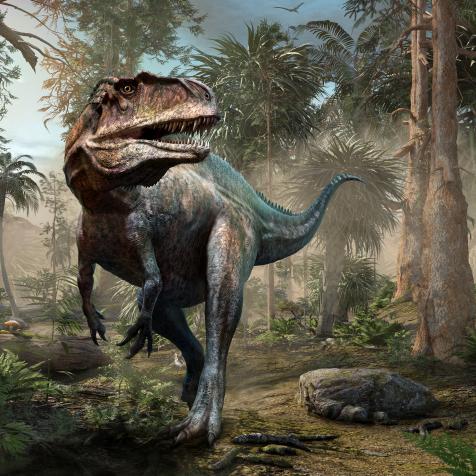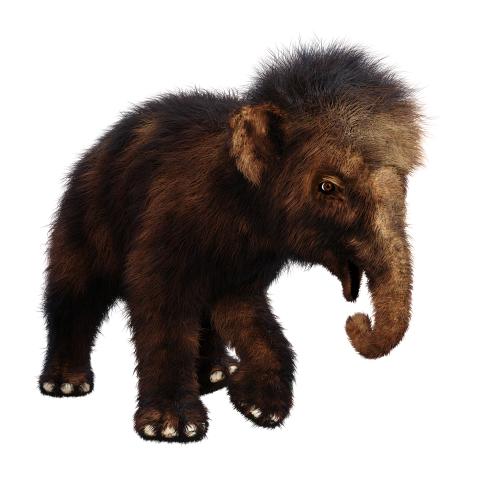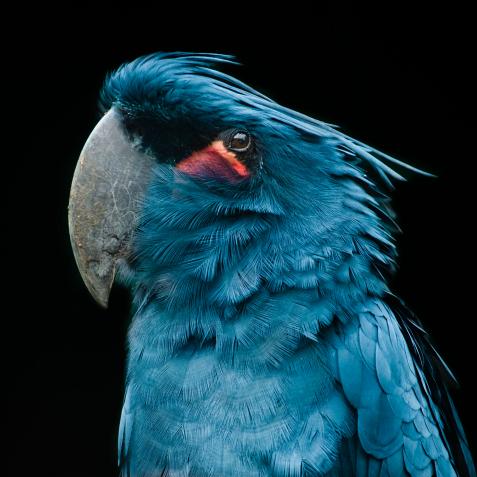
dottedhippo
2 New Species Of Dinosaurs Found In Northwest China
A tale of two species. Massive sauropod dinosaurs discovered in northwestern China is the region’s first fossil discovery.
Turpan-Hami Basin in northwest China has never been a region known to house dinosaur fossils, until now. Scientists have discovered two new species of dinosaur within their findings of fossils from three different dinosaurs. The fossils date back to the Early Cretaceous period, which was about 130 to 120 million years ago, according to ABC News. A study was recently published in Nature Scientific Reports.
The first specimen discovered is a new species of sauropod-- Silutitan sinensis. The study describes the herbivore “by having a very long neck, long tail, large body and small head.” The characteristics in its neck vertebrae suggest it belonged to a family of sauropods called Euhelopodidae. This species has only been identified in East Asia and thought to measure more than 65 feet long.

Luis Dafos
Turpan, China
The second specimen discovered, Hamititan xinjiangensis, had similar attributes to sauropods discovered in South America and assumed to be more than 55 feet long. According to ABC News, [t]he shape and ridges along the vertebrae suggest that it belonged to a family of sauropods known as Titanosaurs, which were abundant in both Asia and South America.” Scientists are eager to find the correlation between this species being discovered on different continents. Their unearthed findings also had led them to theorize that there’s the possibility of nests filled with eggs, including the “embryonic remains,” just beneath the surface of the Turpan-Hami Basin.
The third specimen unearthed is thought to be a somphospondylan sauropod, derived from the four vertebrae and rib fragments on the site. This group of dinosaurs lived between the late Jurassic period to the late Cretaceous period, the study explains.


















